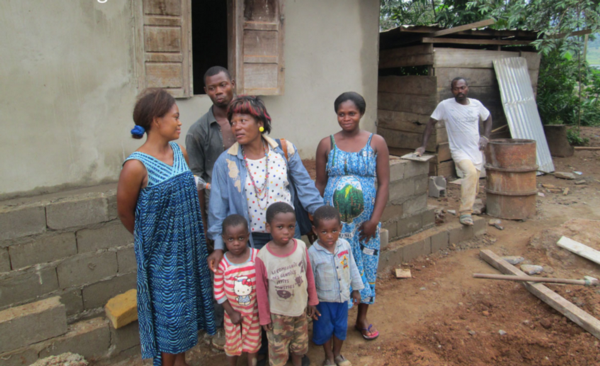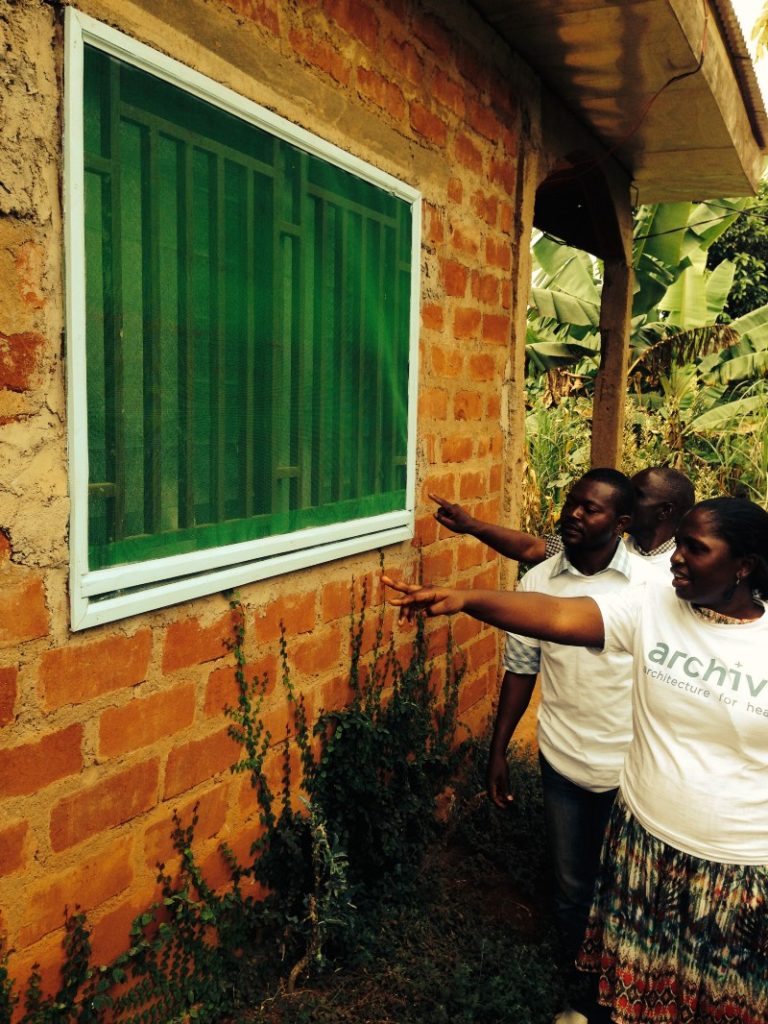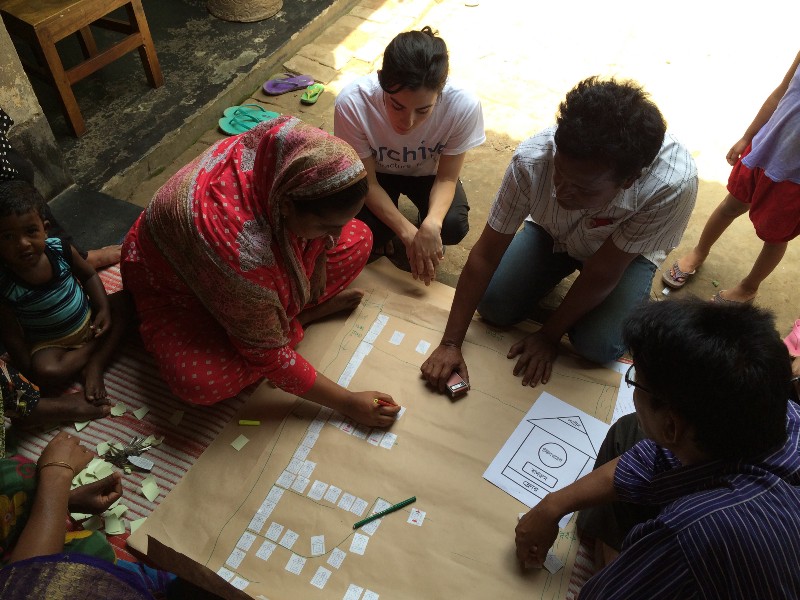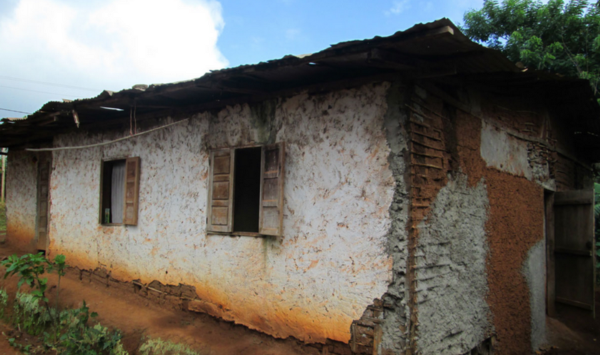This article was written by Claire Weil in partnership with Global Health Corps. Global Health Corps is building the next generation of diverse health leaders. They offer a range of paid fellowship roles with health organizations in Malawi, Rwanda, Uganda, the United States, and Zambia, including a Design Fellowship in conjunction with MASS Design Group. Everyone has a role to play in the health equity movement — start your application today!
The world recently celebrated World Habitat Day on the first Monday of October. I spent some time reflecting on the often forgotten right to access to shelter and, more importantly, a home. Every human being deserves a home that is adequate, affordable, and accessible — Article 25 of the Universal Declaration of Human Rights establishes that all human beings have the right to appropriate housing. The notion of “home” shapes our whole experience of life. Home is our safe space, the place where can we grow and reach our full potential as individuals. Our “crib” protects us from harm; sometimes that harm comes in the form of deadly diseases.

Ngock Zanga’s family and their home in Cameroon before housing improvements made during the Building Malaria Prevention project. (Image credit: ARCHIVE Global)
Earlier this month, Congress finally passed a bill to fund the fight against Zika after months of deadlock. Now the question is: how will this $1.1 billion be used most productively? We know little about the Zika virus, but we do know that it is transferred through mosquito bites and sex. We can address one of these issues effectively without treading too far into people’s intimate lives.
At ARCHIVE Global where I work, we believe that housing and health are intricately linked. Poor housing conditions have major negative impacts on human health: dirt floors increase the risk of diarrheal diseases and stomach worms, mold and dampness can cause respiratory diseases such as asthma, and crowded conditions enhance the spread of airborne diseases such as tuberculosis.
The type of housing materials used and the number of open spaces in a house greatly influence the risk of malaria for residents. Over 80% of malaria transmission occurs indoors in sub-Saharan Africa: the home is a high-risk area that can be transformed into a safe haven to protect people from vector-borne diseases.
Historically, simple housing improvements have played a powerful role in controlling mosquito-borne illnesses. The widespread adoption of screening homes was largely responsible for eliminating malaria in Western Europe and the United States by the mid-twentieth century. Interventions such as installing screens on windows and doors, putting up eaves, and repairing roofs and walls have proven to reduce the exposure of humans to malaria vectors up to 80%.
Mosquito-proofing houses is a highly effective yet inexpensive defense against the spread of deadly diseases such as dengue, chikungunya, and malaria. Why not against Zika?

Screened windows Cameroon project, Building Malaria Prevention. (Image credit: ARCHIVE Global)
Mosquito-proofing houses is a highly effective yet inexpensive defense against the spread of deadly diseases such as dengue, chikungunya, and malaria. Why not against Zika? The Zika vector, aedes mosquito, just like the malaria vector, is increasingly resistant to current protective strategies. Parasite resistance to antimalarial drugs and vector resistance to insecticides are serious present-day threats to vector control and elimination. As researchers seek a vaccine, the risk of the Zika infection remains frightening and very real for many vulnerable communities without access to insecticides and bed nets. Mosquito adaptability and resilience is high so we need a durable and integrated approach to mosquito control. Housing improvements is a simple innovative solution easily adapted to help aid efforts controlling the spread of Zika.
Health is a human right just as much as safe, adequate shelter is. These rights are interdependent. Together, they holistically embody what we envision could and should be a beautiful human life and society. The good news is that we can design for that — architecture can fill two needs with one deed.

Brainstorming and designing for Bangladesh Project, Health from the Ground Up. (Image credit: ARCHIVE Global)










